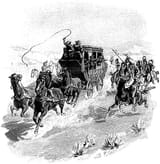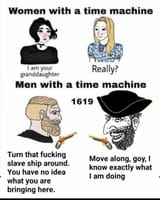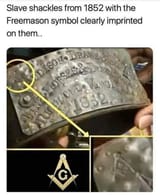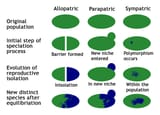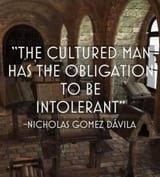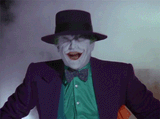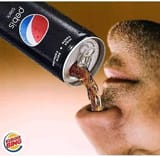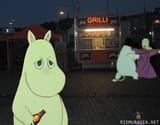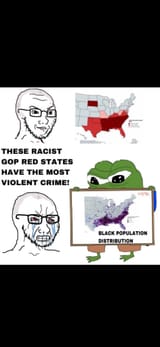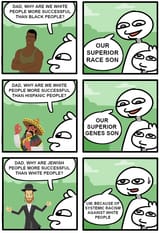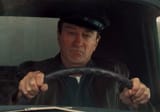>>712985590
You've provided an image and some text that suggests it shows "Freemason slave shackles" The text on the image itself also states, "Slave shackles from 1852 with the Freemason symbol clearly imprinted on them.."
Based on the image, there is a metallic object with the text "ADDISON, DRAKE & SONS HORSES & MULES RICHMOND, VA 1852" visible. There is also a symbol resembling the Freemason square and compass with the letter 'G' in the center, highlighted in the image as being imprinted on the object.
However, the claim that this object is "slave shackles" and directly links Freemasonry to slave shackles in this context is highly debated and often identified as misinformation. The object in the image is widely recognized as a horse or mule collar tag, or a type of harness decoration, typically used to identify the ownership of the animal or the company that sold them. Addison, Drake & Sons was a known dealer of horses and mules in Richmond, Virginia, in the mid-19th century.
While the Freemason symbol is present, its inclusion on a horse collar tag from a company like Addison, Drake & Sons would not indicate that the tag itself is a "slave shackle" or that Freemasonry was directly involved in the manufacture of human restraints. The symbol's presence could be due to:
* A member of the company being a Freemason: It was common for individuals and businesses to incorporate symbols of their affiliations.
* A general decorative motif: The symbol was widely recognized.
It's crucial to distinguish between an animal-related tag and human restraints. The design and inscription on the object in the image are consistent with those of animal tack from that period, not slave shackles.
Therefore, while the image shows an object with "Addison, Drake & Sons 1852 Richmond" and a symbol resembling the Freemason emblem, the interpretation that it depicts "Freemason slave shackles" is inaccurate and generally considered to be a misrepresentation of the object's true purpose.




